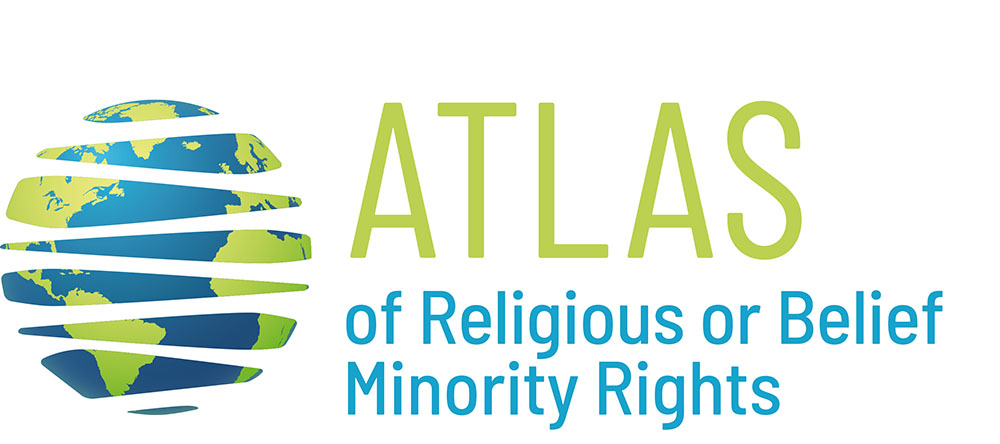HISTORICAL BACKGROUND
Sweden became a Christian country in about the year 1000. The first Swedish king to be a Christian was Olof Skötkonung, who is said to have reigned at this time. Christianity, in its Roman Catholic form, became the state religion. The Lutheran reformation came to Sweden in 1527, when the Swedish Parliament, on a proposal of king Gustav Vasa, decided that the “surplus estate” of the Church should be transferred to the State, thus confirming the interventions made somewhat earlier against bishops and monasteries. The matter of doctrine was mostly left aside for the time being.
During the reign of the sons of Gustav Vasa, the religious situation changed. The grandson of Gustav Vasa, Sigismund, was also king of Poland (and a Catholic). He was deposed by his uncle, later King Karl IX, who was a Lutheran. Karl IX convened the Uppsala meeting in 1593, where the Augsburg Confession was adopted by the Swedish church. This decision marked the foundation of the Swedish Evangelical-Lutheran Church.
During the following centuries, the Evangelical-Lutheran Church was the only permitted denomination. From the middle of the 18th century, the situation gradually changed. Foreign citizens, living in Sweden, were allowed to belong to other Christian churches. The same freedom was granted to Jews.
In 1860 Swedish citizens were given the right to leave the Evangelical-Lutheran Church, if they declared that they were going to join another accepted church or other religious community. From 1951 full religious freedom was granted to all Swedes. At that time they were given the right to leave the Evangelical-Lutheran Church without stating any reason.
A short time after Parliament’s decision on religious freedom, discussions began regarding the abolition of the State-Church system. In 1958, the Government appointed a committee which had the task of analysing the problems and suggesting possible solutions. After ten years, the committee presented four different proposals: one retaining the existing system, while the other three involved greater changes.
As the political parties had diverging views on the question, further committees followed. In 1994, a committee came up with proposals on a new relationship between State and Church in Sweden, including an end to the State-Church system. In 1995, the General Synod of the Church of Sweden (at this time still a State body) approved by an overwhelming majority a government proposal for new relations between the State and the Church of Sweden. Later the same year, the proposal was also approved by Parliament.
After that came a period of implementation. The new relationship was worked out in detail, and several Acts, including amendments to the Constitution, were passed by the General Synod (where applicable) and Parliament. On January 1st, 2000 the new state-church system came into effect.
Lars Friedner
Friedner, L. (2019). State and Church in Sweden. In G. Robbers (Ed.), State and Church in the European Union. Baden-Baden: Nomos, pp. 642-643.
RELIGIOUS AND BELIEF MINORITIES IN SWEDEN
They now have the possibility of appearing legally as “registered religious communities,” the same legal status that is now granted to the Church of Sweden. Practically all religious communities active in Sweden have chosen to register. This means, somewhat unexpectedly, that – at the same time as the Church of Sweden has loosened its ties to the state – other religious communities have come legally closer to it.
Several religious communities receive state contributions for their activities and have the right to officiate marriages on behalf of the state. The Church of Sweden, however, receives no such state contributions. A number of religious communities have – together with the Church of Sweden – received the right to use the tax system for collecting their membership fees.
Atheist organizations in Sweden have a significantly limited importance compared to many other countries.
Lars Friedner
RESOURCES

Data and information concerning religious demography are provided by Todd M. Johnson and Brian J. Grim, eds., World Religion Database (Leiden/Boston: Brill).
General information on minority issues (including some references to religious or belief ones) can be found at the page devoted to Sweden in Minority Rights Group International, World Directory of Minorities and Indigenous Peoples.
The text of the main legislative acts concerning freedom of religion or belief can be found at https://legislationline.org/.
Information about the legal status of the main religious denominations is available at https://sweden.se and (in Swedish) at https://www.myndighetensst.se.
A report on the Swedish legal system and government policies about freedom of religion (with some references to religious or belief minorities) is provided in Department Reports and Publications - United States Department of State.
Sociological and legal analysis concerning religion in Sweden are available at https://eurel.info.
For an analysis of the State-religion legal system and the status of RBMs see
Nergelius, J. (2016). Religion and Law in Sweden. Alphen aan den Rijn: Wolters Kluwer.; Lundgren, L. (2023). The State and Religious Minorities in Sweden. Chaim: Springer
INTERACTIVE INFOGRAPHICS
0 respect of international standards
-1 restriction of rights
0 equal treatment of RBMs
-1 high gap between religious majority and minorities

 MENU
MENU CLOSE
CLOSE


